FACTS ABOUT LINEN
Linen is unquestionably the most sustainable fabric in the world. It is 100% biodegradable, produces zero waste, and retains carbon that is released into the atmosphere. As a bonus it is naturally hypoallergenic. It's good for the environment and you! Scroll below to keep reading to learn more about the amazing fabric called linen.
THE GIFT THAT KEEPS ON GIVING BY THE MOST HIGH FOR HIS PEOPLE
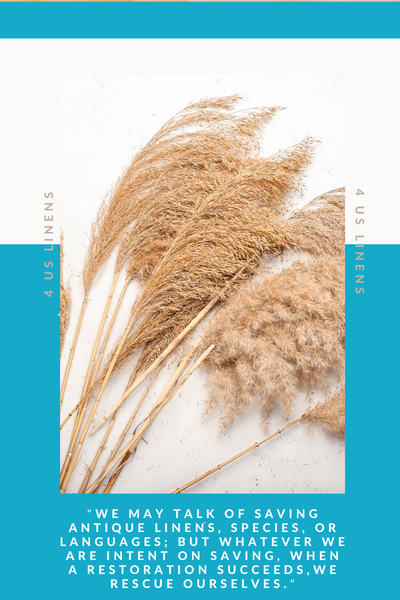
LINEN
Linen is made from the cellulose fibers of the inner bark the flax plant. These fibers are called bast fibers and flax is one of several types of plants including hemp, jute, and raime, which produce them. Materials made from bast fibers all have similar properties such as drying faster than either cotton or wool and being stronger when wet. This is probably a key reason why items such as rope and ship’s sails were made from bast fibers before modern synthetic materials were used.
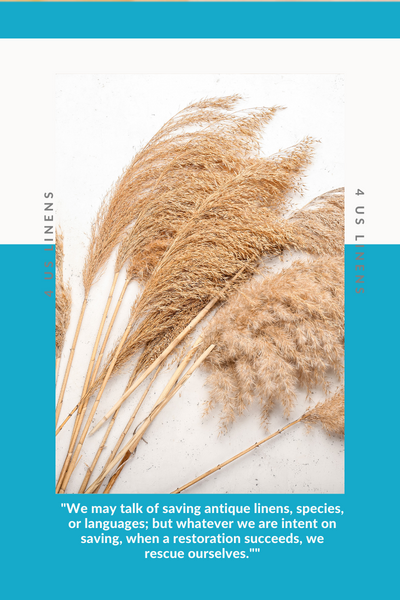
Turning bast fibers into cloth is a long process. Unlike wool where raw fleece can simply be washed and then either carded or combed into a preparation for spinning, bast fibers need to be separated from their woody stems and prepared for spinning in a multi-step process.
After the flax is harvested, the seed pods are collected for planting next season. The flax must be soaked’ to soften the woody outer stems, called retting. Retting can be done through one of two methods. The first is by soaking the flax in a stream or a tub. The second is by dew retting, where it is laid out on a field in the fall where it is soaked by the dew.
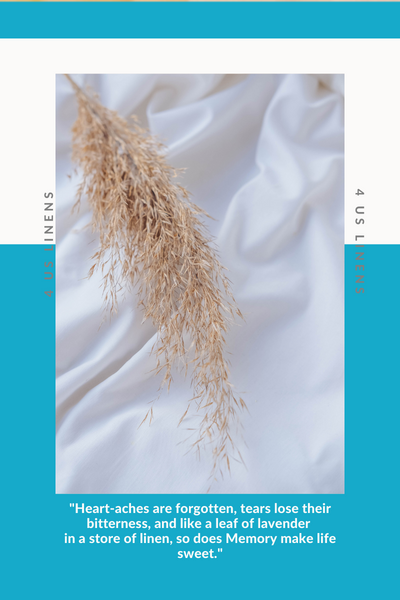
Careful attention must be paid to the flax as if it is left out too long, it rots and spoils the inner fibers. Stream or tub retting can take several days while dew retting can take a few weeks.
The retted flax is then dried and ready for processing. First the dried flax is passed through the jaws of the flax breaker to loosen the strands of flax from the inner core, called theboon.
Then the flax is scraped with a scrunching knife to remove the roots and blossom ends. Lastly, the flax is drawn through a set of spikes called a hackle. This separates the boon from the flax.
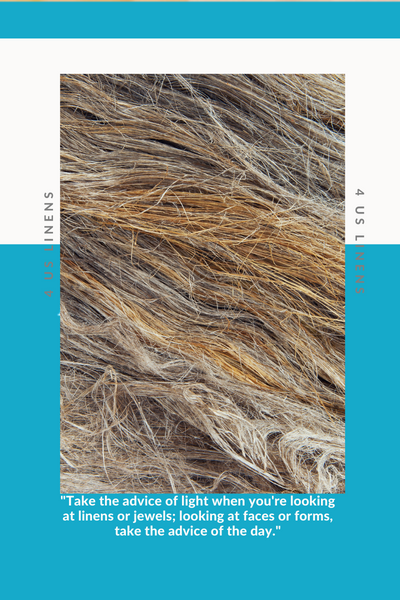
Continued hackling separates the long strands of flax from the short bits calledtow. Tow was used for coarse cloth such as sacking, packing materials like ancient packing peanuts, or caulk for seams.
The resultant long fibers are bundled together asflax strickand stored until they are needed to be spun into linen. When the entire process is completed, over 85% of the flax plant has been stripped away to make strick for spinning.
-
THE BENEFITS OF LINEN
Linen is...
Antibacterial
Hypoallergenic [recommended for sensitive skin]
Doesn’t accumulate static electricity
Causes 1.5x less perspiration than cotton
Reduces solar gamma radiation
Protects against chemical exposure
Shields from EMFS
Effective in reducing fevers and inflammation
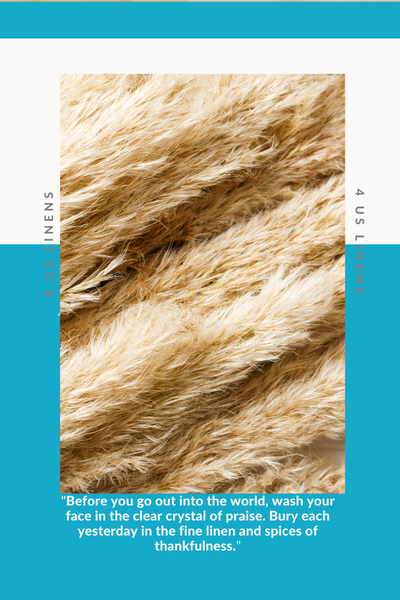
Did You Know...
Linen works effectively to suppress pathogenic microflora and bacteria while repelling dirt. In fact, linen is actually considered to be one of the cleanest fabrics of all, as it contains both antiseptic and antibacterial properties that work to prevent the growth of bacteria. For many years, linen fabrics were used to make bandages for this exact reason.
Linen is also an extremely powerful aid in regulating the body's temperature and keeping the wearer comfortable. It is very effective at absorbing moisture and drying quickly making it much more desirable than cotton in keeping moisture away from the skin. This is very beneficial especially for items worn next to the skin.
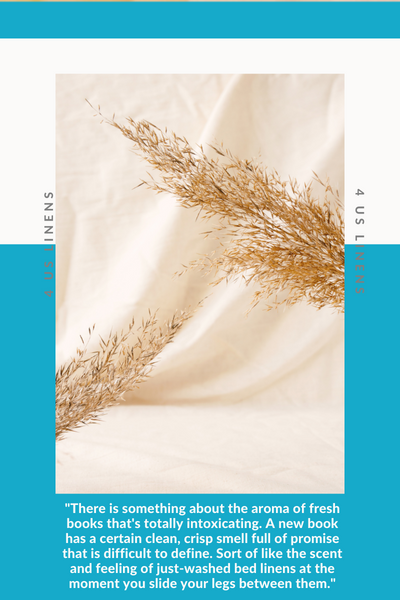
Contributes to improved blood flow...
Due to the micro-breaks within this type of fabric, it is thought that linen; specifically, flax linen performs a very light massaging effect on the skin, which promoted a feeling of relaxation, and in turn, contributes to better blood flow.
Linen is also very breathable. There’s nothing more important than sleeping with breathable fabrics around your body.




